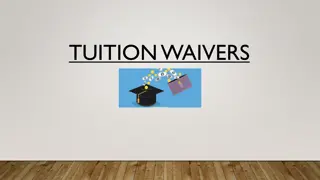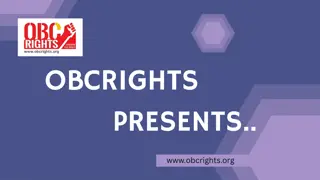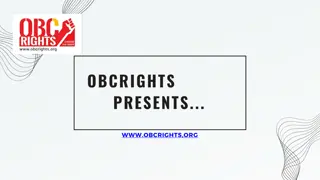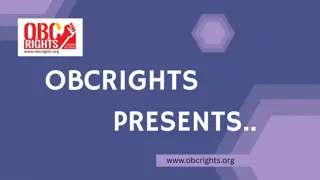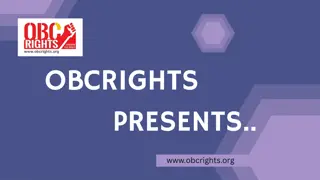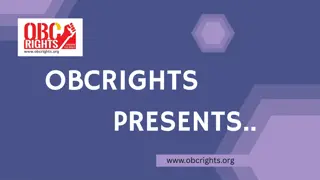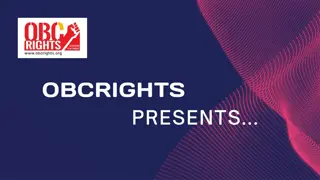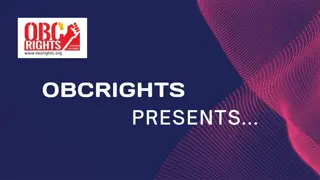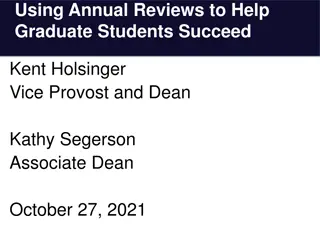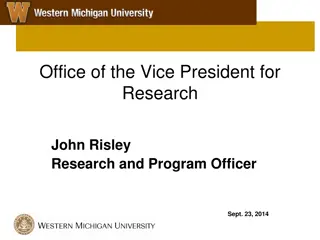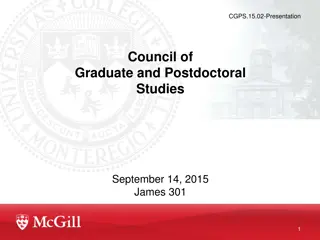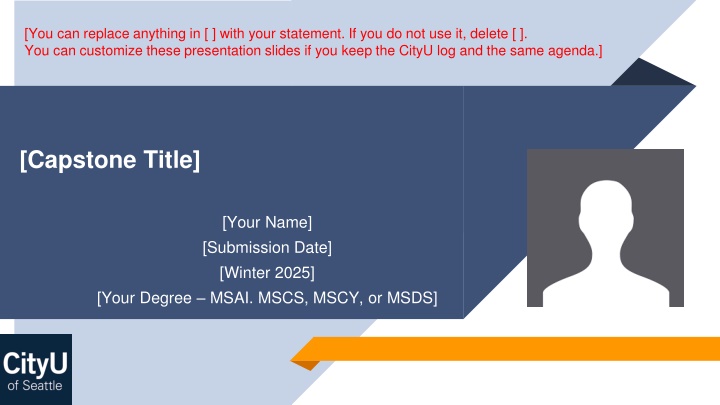
Innovative Problem-Solving Strategies for Advanced Data Science Projects
Explore a cutting-edge approach to tackling complex data science challenges, including problem statement formulation, motivation identification, related work analysis, unique approach development, evaluation planning, expected outcomes, and key references for further exploration.
Download Presentation

Please find below an Image/Link to download the presentation.
The content on the website is provided AS IS for your information and personal use only. It may not be sold, licensed, or shared on other websites without obtaining consent from the author. If you encounter any issues during the download, it is possible that the publisher has removed the file from their server.
You are allowed to download the files provided on this website for personal or commercial use, subject to the condition that they are used lawfully. All files are the property of their respective owners.
The content on the website is provided AS IS for your information and personal use only. It may not be sold, licensed, or shared on other websites without obtaining consent from the author.
E N D
Presentation Transcript
[You can replace anything in [ ] with your statement. If you do not use it, delete [ ]. You can customize these presentation slides if you keep the CityU log and the same agenda.] [Capstone Title] [Your Name] [Submission Date] [Winter 2025] [Your Degree MSAI. MSCS, MSCY, or MSDS]
Agenda Problem Statement Motivation Related Work Approach Evaluation Plan Expected Conclusion Key References Q&A 2
Problem Statement [Describe what problem(s) you will solve to reduce the gap between what is known and what is not known. Use a question statement to describe your problem statement.] 3
Motivation [Show a motivation(s) for why you need to solve the problem? The motivation(s) comes from a key reference(s).] 4
Related Work [Who attempted to solve the same or similar problem? Key references are required for the related work.] 5
Approach [What approaches will you use to solve the problem? Explain how your approach is different from the related work.] 6
Expected Evaluation [Explain your plans of what data and how you will collect (data collection), how you will analyze them (data analysis), and what you can discover (findings).] 7
Expected Conclusions [Show what answers you will expect if you solve the problem.] 8
Key References [Show at least three key references. The key references show who attempts to solve the same or the similar problem.] 9

